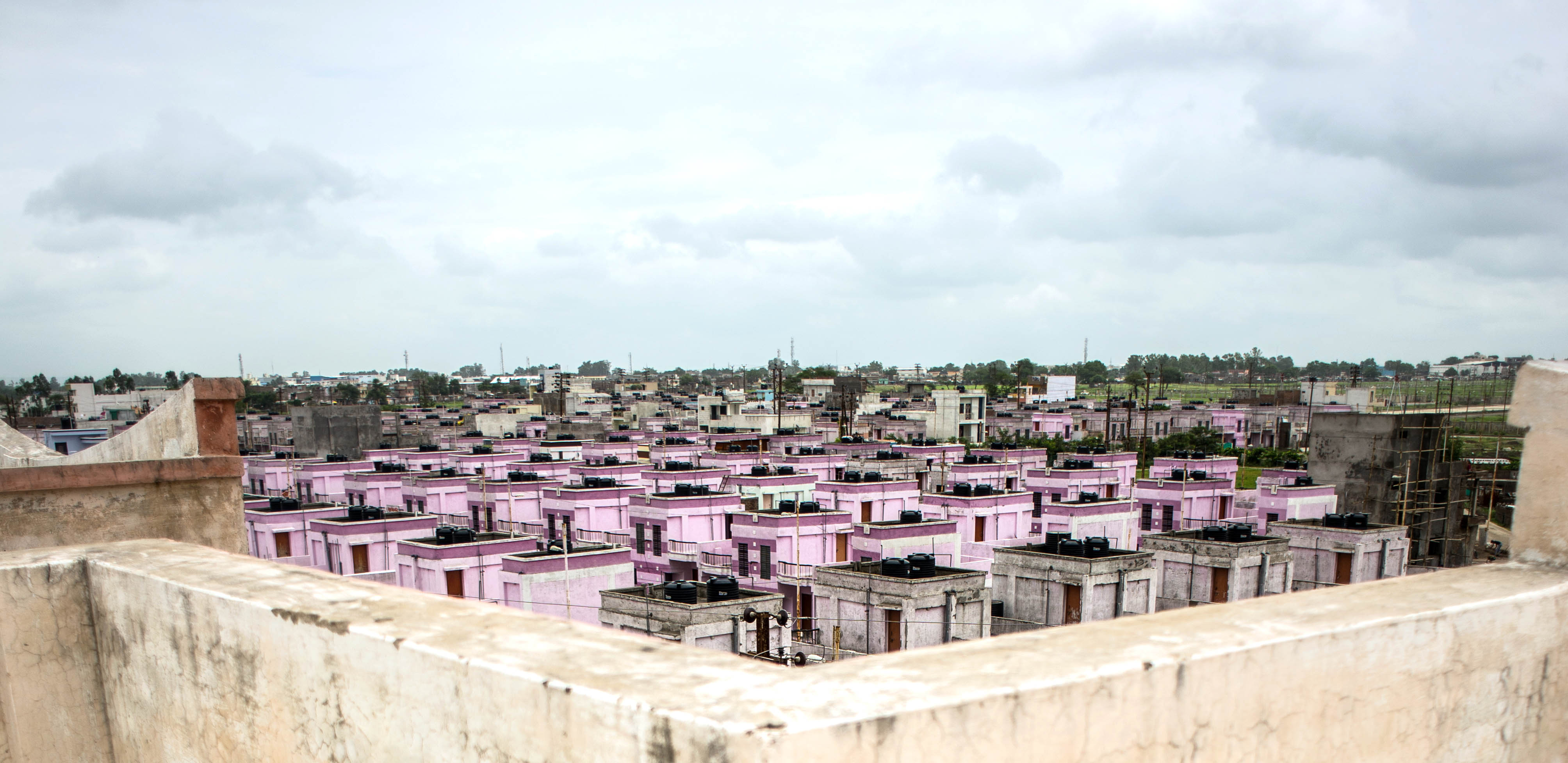What and who makes a city resilient?
The march is on to Quito, the beautiful capital of Ecuador, where global citizens, activists, and leaders will descend later this year to decide on a New Urban Agenda. And central to thinking about cities of the future is thinking about resilience. This requires an understanding of both what contributes to resilience, and how it can be assessed.
Central to thinking about cities of the future is thinking about resilience.”
What and who makes a city resilient—not just livable now or sustainable for the long term—has become an increasingly critical question, one The Rockefeller Foundation set out to answer three years ago with our partners at Arup. We did so amidst grave forecasts of myriad challenges to cities of tomorrow, rising discourse on the significance of resilience, and fresh optimism for a new way of thinking about urban contexts. After a review of 45 other assessment frameworks and rigorous research alongside thematic experts and city stakeholders in 14 cities globally, the City Resilience Index was created.
Learn more about the City Resilience Index
The City Resilience Index is the first-ever comprehensive tool to help cities assess their resilience, identify their vulnerabilities, and better prepare themselves for the future. Arup took steps to approach urban measurement from a clear understanding of what matters in order to deliver resilience outcomes.
The Index is an initial step a city can take to assess its resilience profile and chart a course for their own urban agenda that realizes resilience dividends. Cities use the Index as a diagnostic tool to develop a deeper understanding of the systems, processes, and functions that shape resilience in their cities. It offers a common language and a set of metrics to baseline city performance, identify strengths and weaknesses, and monitor resilience over time. By doing so, cities can be empowered to take action, share knowledge and experience, and make more informed investment decisions.
So what makes a city resilient?
Resilience of cities—big and small—across the world relates to four key dimensions.
- People: The health and well-being of everyone living and working in the city.
- Organization: The economic and social systems that enable urban populations to live peacefully, and act collectively.
- Place: The quality of infrastructure and ecosystems that provide critical services, protect and connect us.
- Knowledge: The capacity to learn from the past and take appropriate action based on informed, inclusive, integrated, and iterative decision making in our cities.

In relation to these four dimensions, the index proposes 52 indicators—qualitative and quantitative—that offer a current ‘snapshot’ of city performance and an indication of the potential of a city to achieve outcomes that increase their overall resilience in future. It helps assess whether their development trajectory is likely to make the city more or less resilient. This promotes resilience as a critical urban development agenda that cities can understand and influence, as opposed to something that happens to them or a reactive agenda to specific shocks and stresses.
With the City Resilience Index, a new urban agenda will not only be shaped in Quito during the Habitat III Summit, it will emerge in cities across the world. And it will begin with the city assessing itself, “holding up a mirror” as Jo da Silva, our collaborator at Arup, likes to say, in order to chart plans, strategies, and investments that will realize resilience dividends for generations to come.
*) The writer is a Senior Associate Director, The Rockefeller Foundation
This blog was originally posted on The Rockefeller Foundation website.




